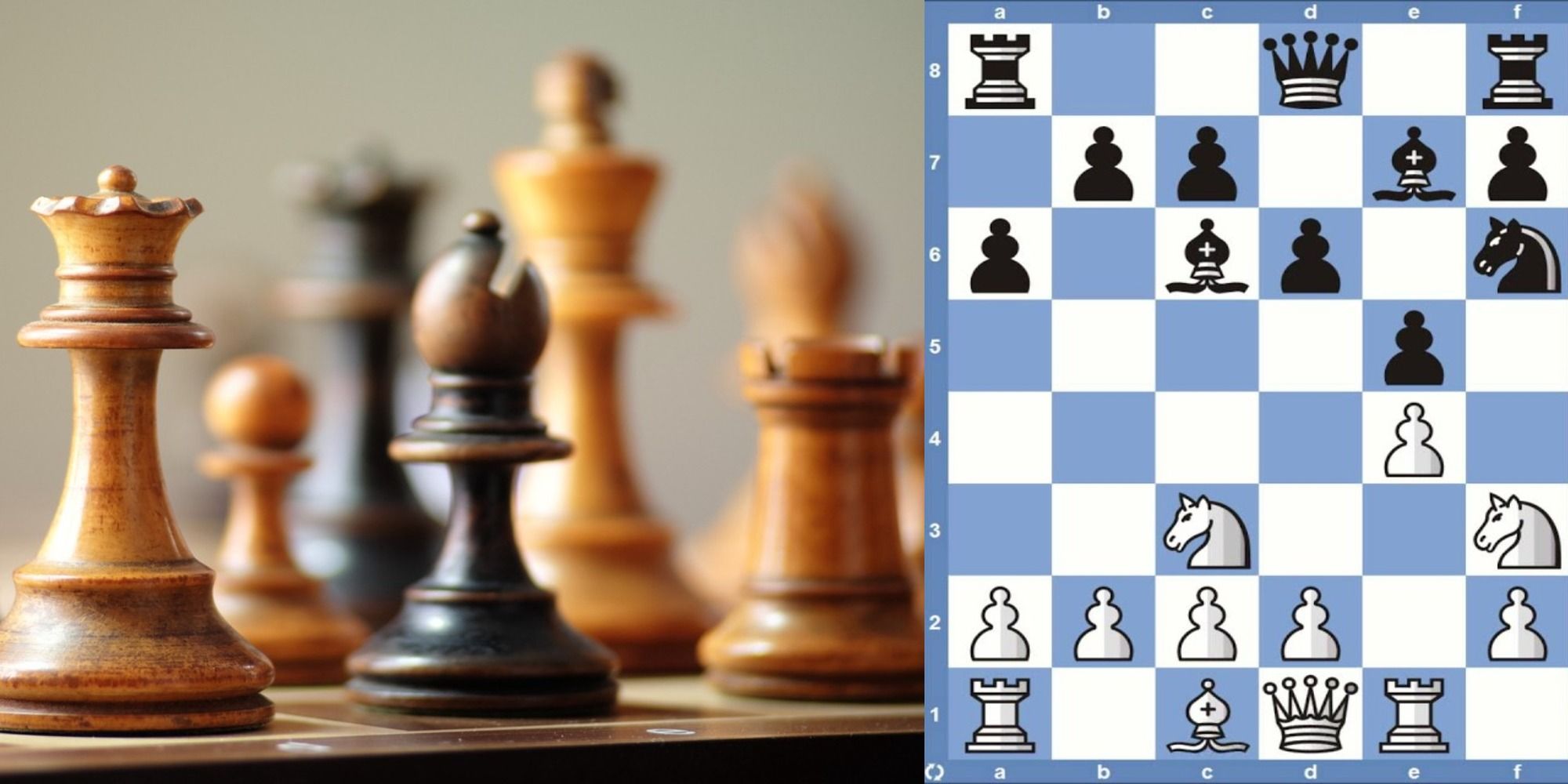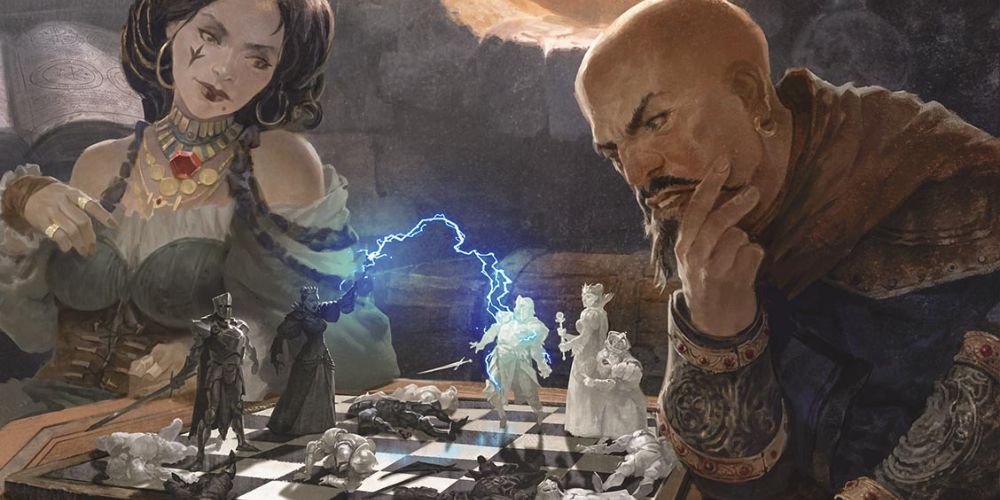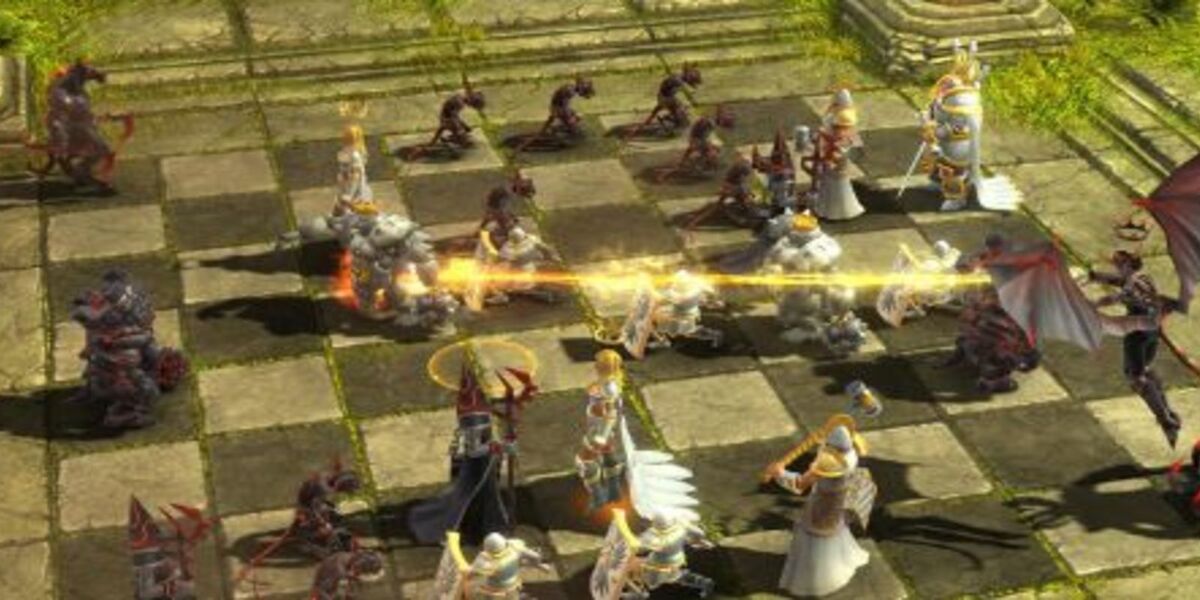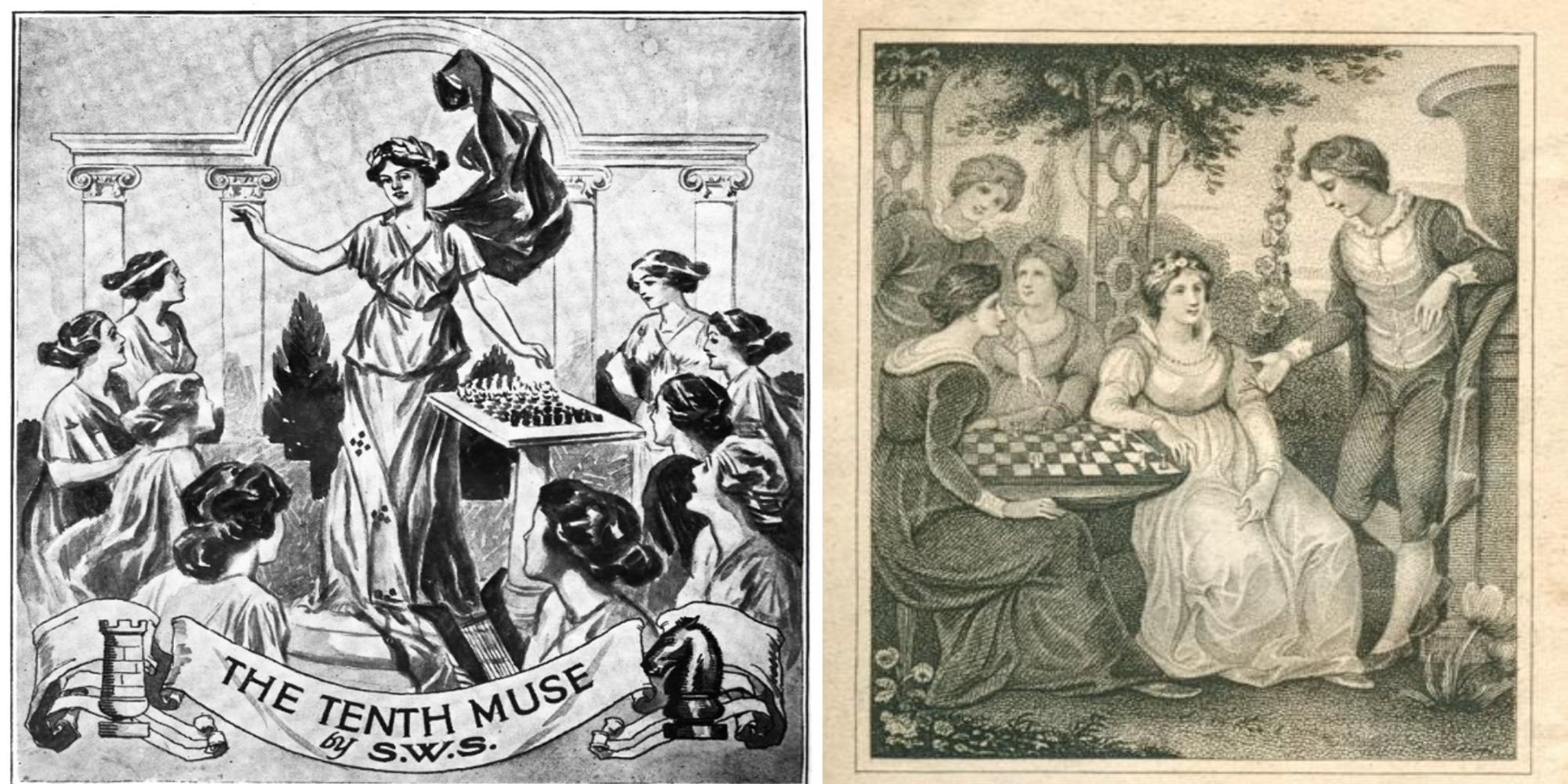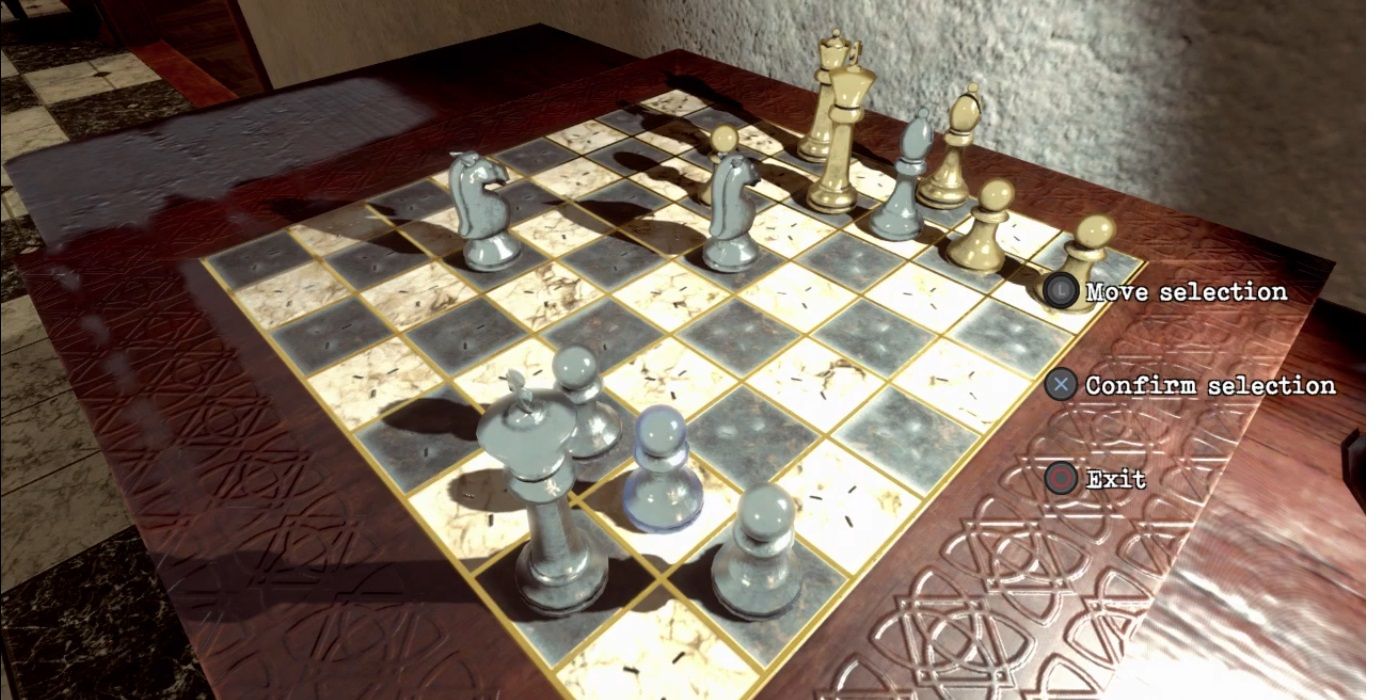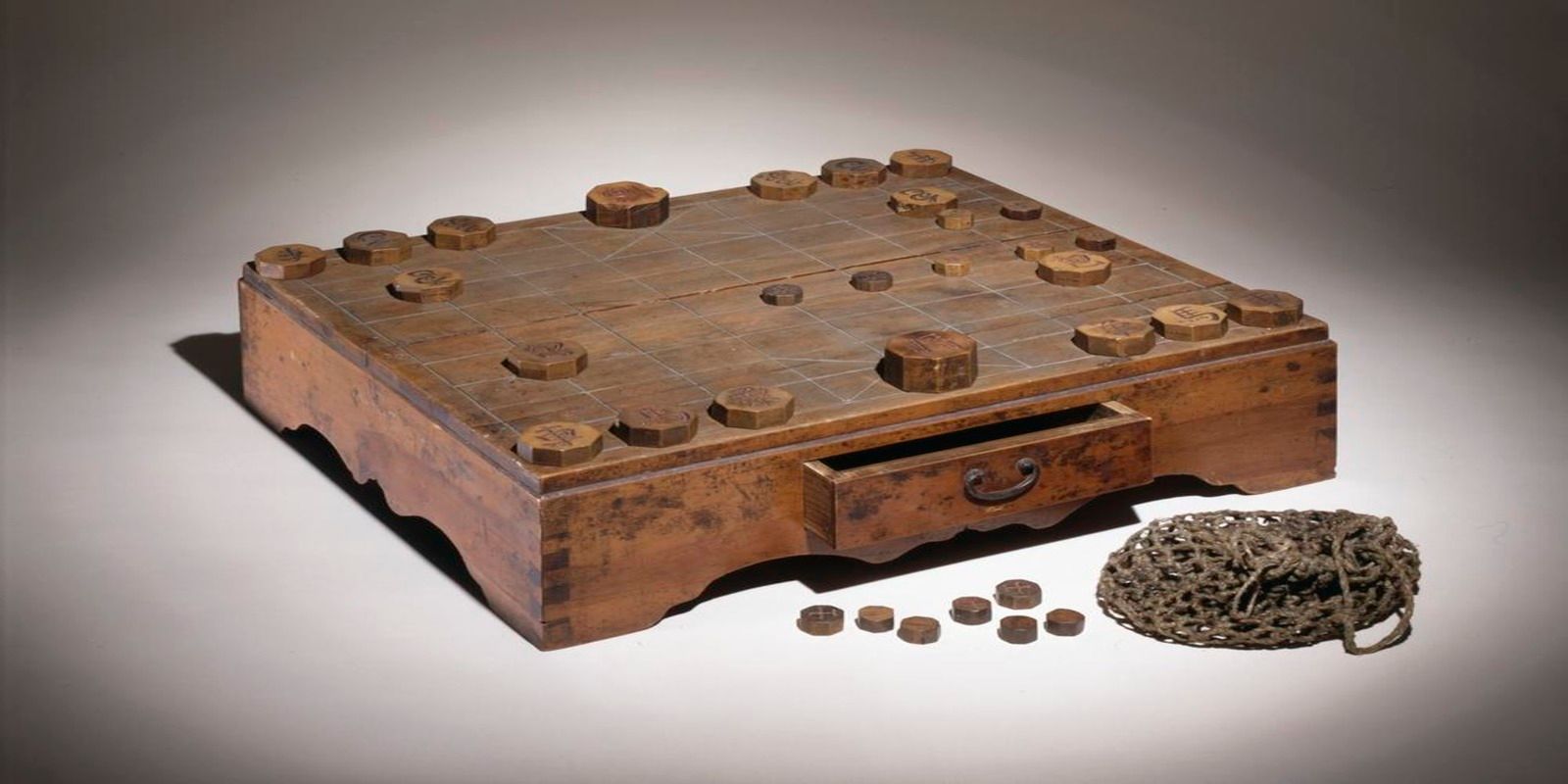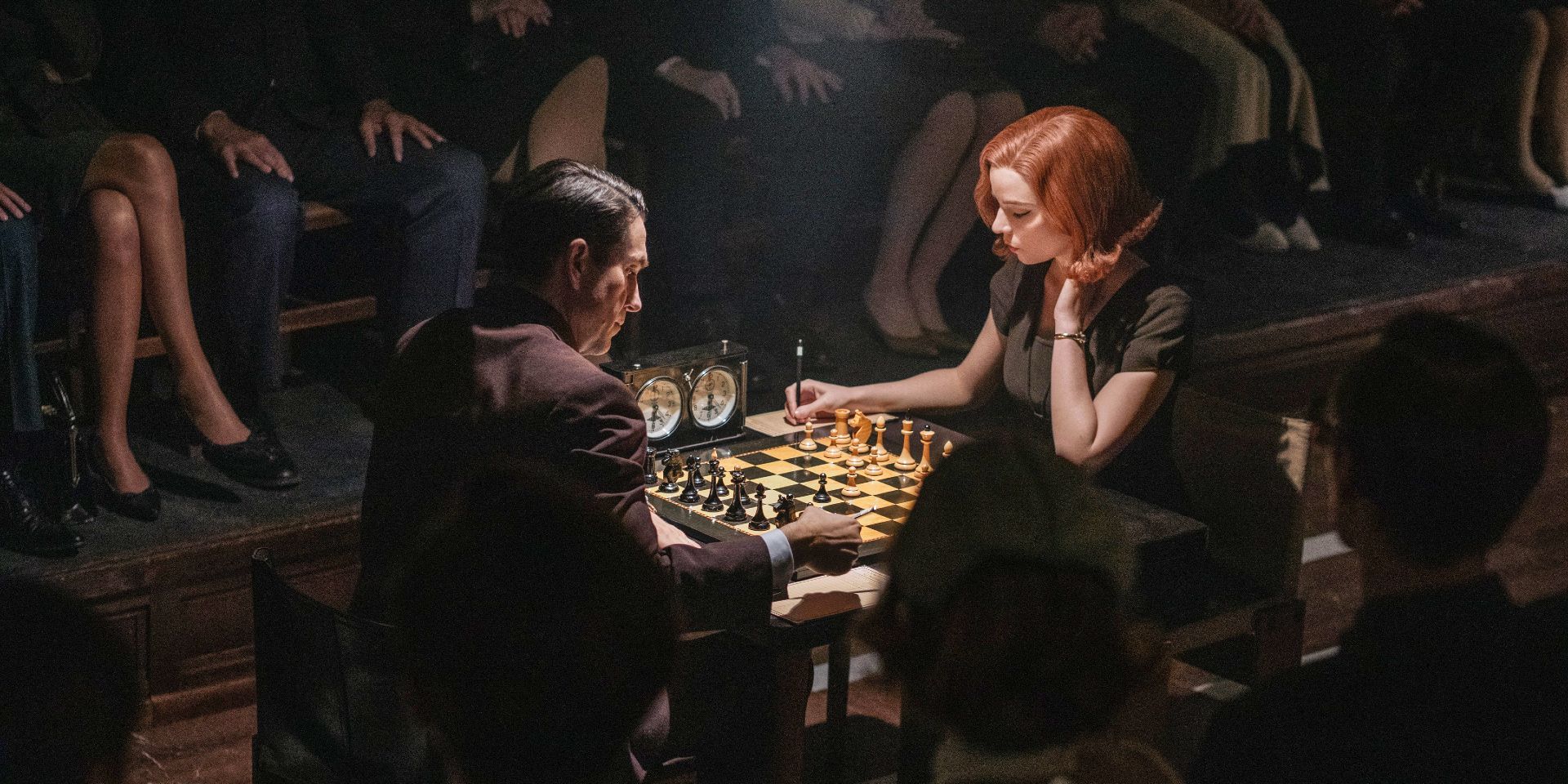The true secrets of Chess are shrouded in ancient mystery. It could be the first board game, the first turn-based game, and the first strategy game. There's a lot of interesting facts about the contemporary game of Chess people don't know as well, despite the fact it's a common pastime on an international level.
Chess has been standardized in the present day and remains the favorite subject of gamers, writers, philosophers, and really smart people in a general sense. A trivia game about the unknown facts of Chess could make up a whole new game, and here are a few examples.
8 A Forbidden Past
The first black and white chessboard appeared in Europe at about 1020 C.E., but these were not the folding boards often seen with board games today. Folding boards were actually a subversive invention that was born from the necessity to hide the games in piles of books.
The Pope banned Chess in 1061, and in 1125 the first folding chessboard slipped covertly into a library shelf. The priest, nun, or monk that actually created the board remains anonymous, but board game manufacturers everywhere owe them a debt of gratitude.
7 Various Claims Of Intellectual Property
Despite the mysterious origins of the game, that doesn't mean that various historic figures take credit anyway, and there could very well be truth to these legends. Chess was introduced to Europe around about 1000 C.E. but exactly where it was invented originally, or when, has been lost.
Archaeologists are uncovering new information all the time, and as of now the earliest known text that mentions chess describes how it was brought to Persia from India in 660 C.E. It had been invented in the royal court to educate their heirs to the throne on how to conduct war and strategize in times of peace.
6 A Term Of Persian Origin
5
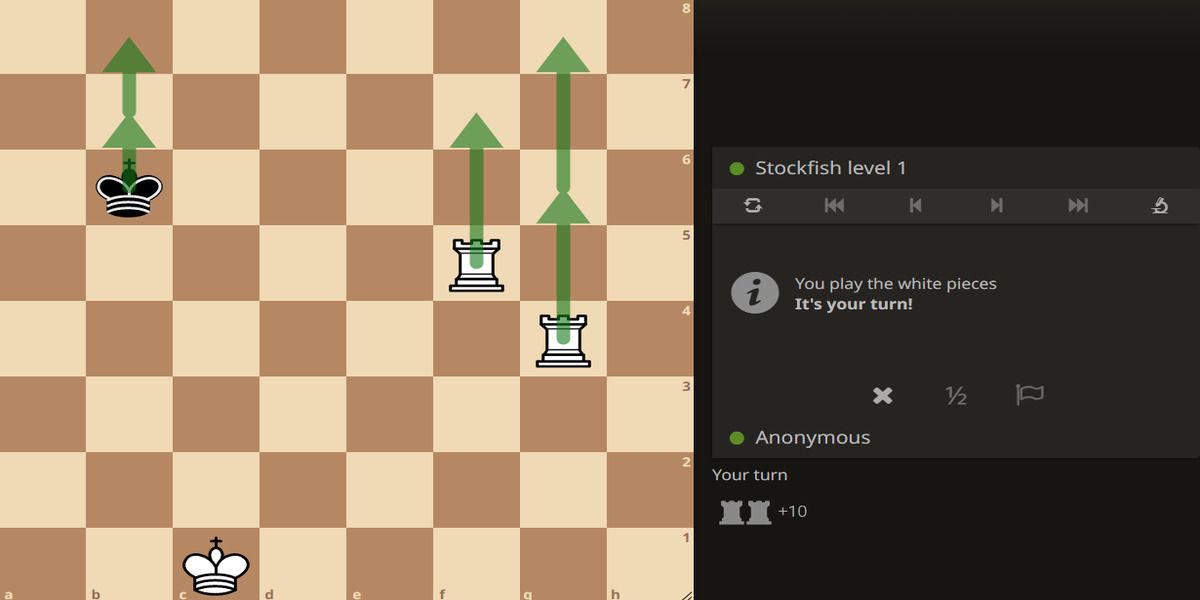
The fingerprint of ancient Persia survives into the modern game of chess, making it more likely that this is where the game originated. Checkmate is an infamous finishing move that even non-chess players understand, and it's not just an expression, but another language.
"Checkmate" has evolved from an ancient Persian phrase, “Shah Mat” which simply means "The king is dead." Even in ancient times, before all the rules of the game could be normalized and codified, this was always consistent. It was the only move that could not be countered and was the deciding factor in virtually every version of the game.
4 Invented By A God
As interesting as those historic figures may be, none of them are deities. Caïssa is credited not only with giving human beings chess but also teaching them how to master it through her own brilliant gameplay. She was one of the Romantic Era's favorite images and appeared frequently in poetry and artwork.
Although it sounds like an ancient story, the god Caïssa was created by the poet William Jones in 1763. She was a Thracian dryad who caught the eye of Mars, and in an attempt to impress her, he gave her the gift of a Chess set. It was the god of sport, Euphorn, who crafted the game to comfort Mars after Caïssa rebuked him.
3 Pieces Without A Board
As the hunt for the history of chess continues, archaeologists continue to find evidence of the game in antiquity. That means that chess pieces are often uncovered in digs or identified in museums, but something is still missing. Of all the times ancient chess pieces have turned up, not a single time has a chessboard appeared with them.
This could be for a variety of reasons, the leading one being that they weren't needed. Players could have drawn lines in the sand or dirt to serve as boards or drawn temporary ones on different, less resilient materials like animal hide or leaves, and none have survived.
2 Different Cultures, Different Versions
Chess has had various incarnations throughout history. One of the oldest chess sets ever found was recovered from a Korean shipwreck dating from the 13th century. The Mado Shipwreck N°3 contained the Janggi Stones. This wasn't just the stones that made up the pieces but also included a board with a bag and storage space for them. Even in the present day, this would look more like a piece of upscale furniture than a simple gaming set.
What makes the set even more interesting is that it's a medieval Korean version of chess that uses round stones with Chinese characters. This version of the game still exists on the peninsula, in both the historic Chinese version and Korean Hanguel, and is also called Changgi, or Jangki.
1 The Chess Kingdom
According to the criteria set forth by the International Chess Federation (FIDE), Grandmaster is the highest title a chess player can attain short of Grand Champion. The history of chess might have started in the cradle of civilization, but the chess masters of the modern era are associated with another hemisphere.
Russia is the home of a vast majority of Chess Grandmasters, with no less than two hundred and fifty of them currently residing there. There was a period of time during the Soviet Union when Russian chess players didn't compete outside of the country, and during that time the Soviet Union's Chess Federation awarded the most elite with the slightly different title, Grandmaster of the Soviet Union.

